
這位傑夫·約翰遜, 教育部長阿爾伯塔, 跟我去年十一月他的經驗為全省創業聯席主席 “鼓舞人心的教育” 主動. The question posed by his steering committee to all Albertans was: 應該受過教育阿爾伯塔畢業什麼樣的技能和屬性 2030 有? The response, which became the inspiration for education reform in Alberta, was that students needed to be three things: 訂婚思想家, 公民道德, 他們需要有創業精神. What role has technology played in helping educators achieve these goals? I decided it was time to invite Jeff back to 全球搜索教育 series to give us an update.
Prior to his position as Minister of Education for Alberta, Honourable Jeff Johnson was Minister of Infrastructure, 部長負責的油砂秘書處, 和議會助理財政委員會. 傑夫也有經驗,在金融市場的期貨交易大廳坑的老闆,在建設一系列成功的小企業工作.
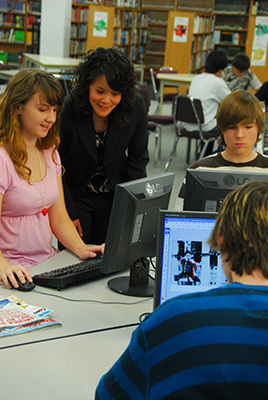
How has technology impacted the Alberta education system? 什麼是教育工作者看到從學習的角度來看,利弊?
Advances in technology have had a big impact on the world and, 結果是, a big impact on our education system as well. Kids today grow up in a world where they have information at their fingertips and education has had to adjust to meet the needs of those students. This is both a challenge and an opportunity for Alberta’s educators.
When we talked with Albertans during the 鼓舞人心的教育 dialogue, one of the main topics of discussion was technology. Albertans told us that we needed to shift from using technology to support teaching to using technology to support the creation and the sharing of knowledge. A part of that is the development of competencies. We are currently shifting Alberta’s curriculum towards competency-based learning. That means that instead of memorizing facts, kids today are learning skills. 例如, they are learning how to use knowledge to tell fact from fiction online. This is crucial in an age of Wikipedia – kids need to know how to tell if information is credible, a skill that will be important for their entire lives.
The impact of technology on teaching has also been significant. Teachers today use smart boards, so kids can interact with their lessons. They use digital cameras and laptops, so kids can shoot video and make presentations. And technology allows teachers to tailor lessons to an inclusive environment – providing visual cues for someone with a hearing impairment, 例如, or tailoring lessons for children with autism.
如何將教師的角色轉變,在數字化時代?
Access to technology and information has forced teachers to think differently about how they plan for learning. Teachers not only have to be users of technology and digital resources, but they have to be keenly aware that students need to understand that information in a digital age needs to be validated. Teachers need to shift their thinking from a single answer or source of information to accommodating multiple ways of getting to the answer using a variety of sources of information. It permits students to engage in new knowledge creation in ways that have never been possible before. Teachers are now more accessible to parents than they have ever been in the past, which is also a different paradigm for teachers.
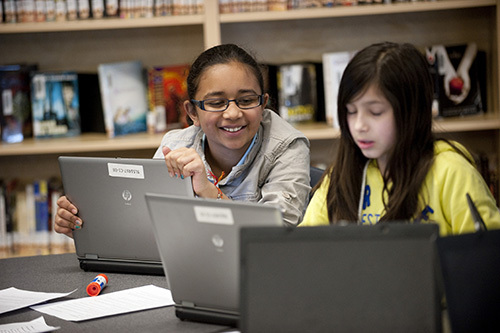
在美國整個國家都採用了數字教科書. 大學圖書館正在成為數字內容庫. 很多人會說,教科書已經走了數碼乃至下一代數字內容也不甘落後. What digital learning tools have been implemented in Alberta classrooms and what do educators see as the pros and cons of these?
School authorities are becoming increasingly interested in incorporating technology and digital resources into their classrooms. Through LearnAlberta.ca, Alberta Education has been providing online access to education materials since 2001. This site is host to approximately 8,500 資源. Materials include teaching and learning resources (some in the form of interactive applets and engaging software) that are directly correlated to programs of study, as well as reference materials, 並獲得學習和評估材料在線課程. LearnAlberta.ca已經看到增加了使用數字材料,為教師和學生後續研究的阿爾伯塔節目.
此外, 5艾伯塔省學校董事會的試點協作網絡資源環境的發展 (CORE), accessible at HTTP://www.albertacore.ca, 以協作方式收購, 發展, 店, 管理, 並分享了隨時隨地的數字課堂資源, 隨時隨地學習. 至今, students and teachers enjoy shared access over a common infrastructure to over 165,000 digital resources. Users can contribute resources they find of value, and can comment on effective ways they have used these in learning environments. The University of Calgary is conducting formal research on this innovative project.
In Alberta, school authorities have maximum flexibility to determine what kinds of resources they will make available to their students, and what policies they will put in place to guide the use of these resources. Teachers determine for themselves what level of technology use is most appropriate to meet the needs of their students. Whatever resources teachers and school authorities select, equity of access and support for inclusive classrooms will continue to be guiding priorities in those decisions.
Tablets have been found to be extremely helpful in supporting students with unique learning needs – examples include:
- Increasing font size for dyslexic students – helps to de-clutter their vision
- English Language Learners – can use the recording features to see and hear themselves speaking which helps with language acquisition
- Sign 4 Me app – helps to facilitate communication between a deaf student and his classmates

How has technology impacted curriculum design in Alberta?
Through Curriculum Redesign, we are looking at various shifts for curriculum and curriculum development. One of these shifts is to move to a more digitally based curriculum (programs of study, assessments, and learning and teaching resources).
科技的力量應該加以利用,以支持創新和發現. 我們設想,此舉更以數字為基礎的課程將允許在地方一級更大的靈活性,以支持學習在任何時間, 地方或步伐, 以及為契機,不斷完善和更新的研究和學習資源,課程.
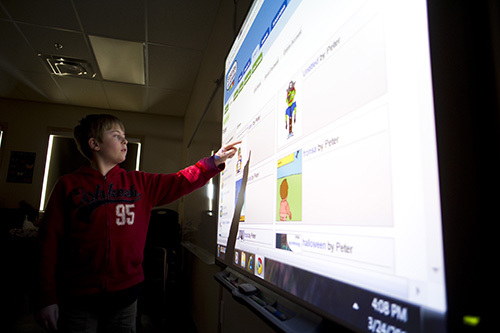
The latest Pew research once again indicates that the use of tablets, 手機, internet sources and social media platforms such as Facebook and Twitter continues to infiltrate classrooms in the US rapidly. Are you seeing the same trend in Alberta classrooms? 到什麼程度是利用你的課程,這些工具的一部分的? 是否有年齡低於你相信這些工具不適合在教室?
Alberta is seeing these same trends. We would say that technology is being used appropriately across all grades because in Alberta we have balanced curriculum that includes a balance of learning activities, with technology and other resources, as well as interaction and daily physical activity.
Alberta Education is currently engaged in a research community of practice that is investigating potential uses of technology, including tablet devices, in Kindergarten to Grade 4 教室. One of the focuses is to explore what applications of technology are most effective and appropriate for various age groups.
There are several school authorities in Alberta that have invested in class or school sets or portable carts of tablet or laptop devices, like Chromebooks, and interest in educational technology continues to increase throughout the education system. 阿爾伯塔省教育目前正致力於完成一個更新的學習和技術政策框架,建立一個共同的願景,在教育技術的作用, in alignment with 鼓舞人心的教育. This vision will help decision makers at all levels take appropriate actions that will complement each other and yield maximum benefit for students.

所有照片都是禮貌教育部阿爾伯塔的.
在得到技術的更多文章? 系列: 全球搜索教育: 得到技術? – 芬蘭, 全球搜索教育: 得到技術? – 澳大利亞, 全球搜索教育: 得到技術? – 新加坡, 全球搜索教育: 得到技術?- 美國, 全球搜索教育: 得到技術? IB學校在虛擬世界, 全球搜索教育: 得到技術? – 阿根廷
在全球搜索教育, 和我一樣,全球知名的思想領袖,包括邁克爾·巴伯爵士 (英國), 博士. 邁克爾座 (美國), 博士. 萊昂特司特因 (美國), 克萊克里斯坦森教授 (美國), 博士. 琳達·達林 - 哈蒙德 (美國), 博士. 馬達夫恰範 (印度), 邁克爾·富蘭教授 (加拿大), 霍華德·加德納教授 (美國), 安迪·哈格里夫斯教授 (美國), 伊馮娜赫爾曼教授 (荷蘭), 克里斯汀Helstad教授 (挪威), 讓·亨德里克森 (美國), 玫瑰Hipkins教授 (新西蘭), 科妮莉亞Hoogland教授 (加拿大), 這位傑夫·約翰遜 (加拿大), 太太. 尚塔爾考夫曼 (比利時), 博士. Eija Kauppinen (芬蘭), 國務秘書塔皮奧Kosunen (芬蘭), 多米尼克·拉方丹教授 (比利時), 休·勞德教授 (英國), 本·萊文教授 (加拿大), 主肯麥克唐納 (英國), 巴里McGaw教授 (澳大利亞), 希夫納達爾 (印度), Ř教授. 納塔拉詹 (印度), 博士. 吳PAK (新加坡), 博士. 丹尼斯教皇 (美國), 斯瑞達拉賈戈帕蘭 (印度), 博士. 黛安·拉維奇 (美國), 理查德·威爾遜·賴利 (美國), 肯·羅賓遜爵士 (英國), 帕西SAHLBERG教授 (芬蘭), 押尾佐藤教授 (日本), 安德烈亞斯·施萊歇 (PISA, 經合組織), 博士. 安東尼·塞爾頓 (英國), 博士. 大衛·謝弗 (美國), 博士. 基爾斯滕都沉浸式 (挪威), 總理斯蒂芬·SPAHN (美國), 伊夫Theze (法國公立高中美國), 查爾斯Ungerleider教授 (加拿大), 托尼·瓦格納教授 (美國), 大衛·沃森爵士 (英國), 迪倫Wiliam教授 (英國), 博士. 馬克沃莫爾德 (英國), 西奧Wubbels教授 (荷蘭), 邁克爾·楊教授 (英國), 和張民選教授 (中國) 因為他們探索所有國家今天面臨的大畫面的教育問題. 全球搜索教育社區頁面
ç. M. 魯賓是兩個廣為傳誦的在線系列,她接受了筆者 2011 厄普頓·辛克萊獎, “全球搜索教育” 和 “我們將如何閱讀?” 她也是三本暢銷書, 其中 真正的愛麗絲夢遊仙境.


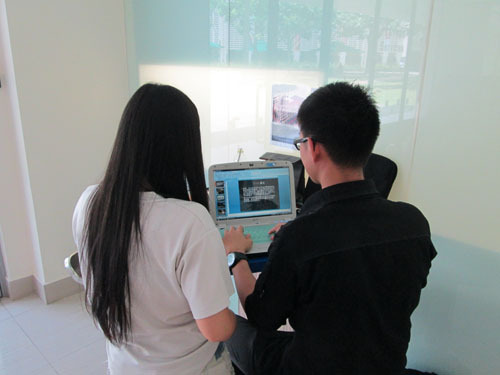
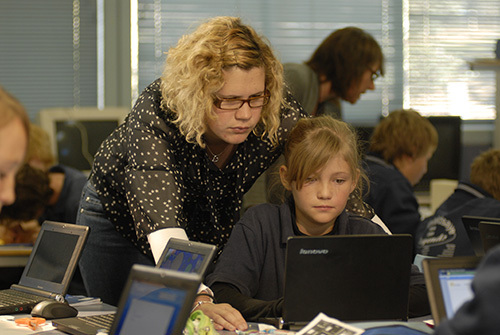
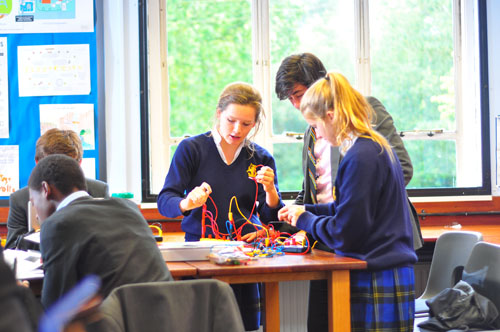
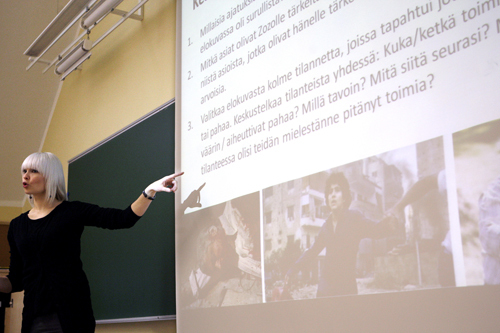
最新評論